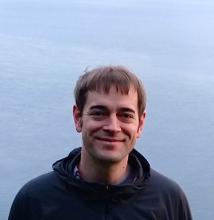In a seminal paper, Kannan and Lovász (1988) considered a quantity \$µ_{KL}(\Lambda,K)\$ which denotes the best volume-based lower bound on the covering radius \$µ(\Lambda,K)\$ of a convex body \$K\$ with respect to a lattice \$\Lambda\$. Kannan and Lovász proved that \$µ(\Lambda,K) \leq n \cdot µ_{KL}(\Lambda,K)\$ and the Subspace Flatness Conjecture by Dadush (2012) claims a \$O(\log n)\$ factor suffices, which would match the lower bound from the work of Kannan and Lovász.
We settle this conjecture up to a constant in the exponent by proving that \$µ(\Lambda,K) \leq O(\log^{3}(n)) \cdot µ_{KL} (\Lambda,K)\$. Our proof is based on the Reverse Minkowski Theorem due to Regev and Stephens-Davidowitz (2017). Following the work of Dadush (2012, 2019), we obtain a \$(\log n)^{O(n)}\$-time randomized algorithm to solve integer programs in \$n\$ variables. Another implication of our main result is a near-optimal flatness constant of \$O(n \log^{3}(n))\$.
This is joint work with Victor Reis.
